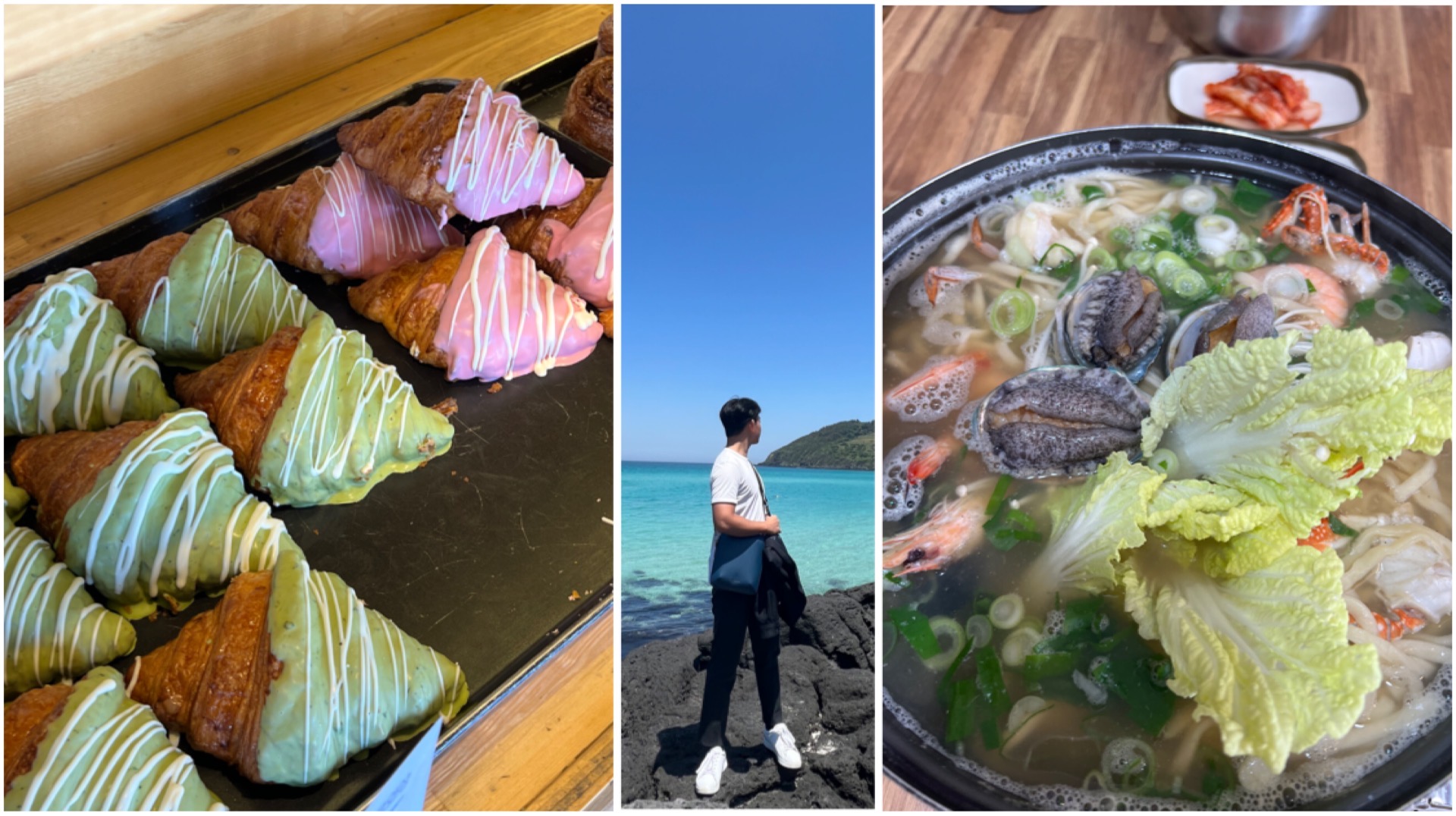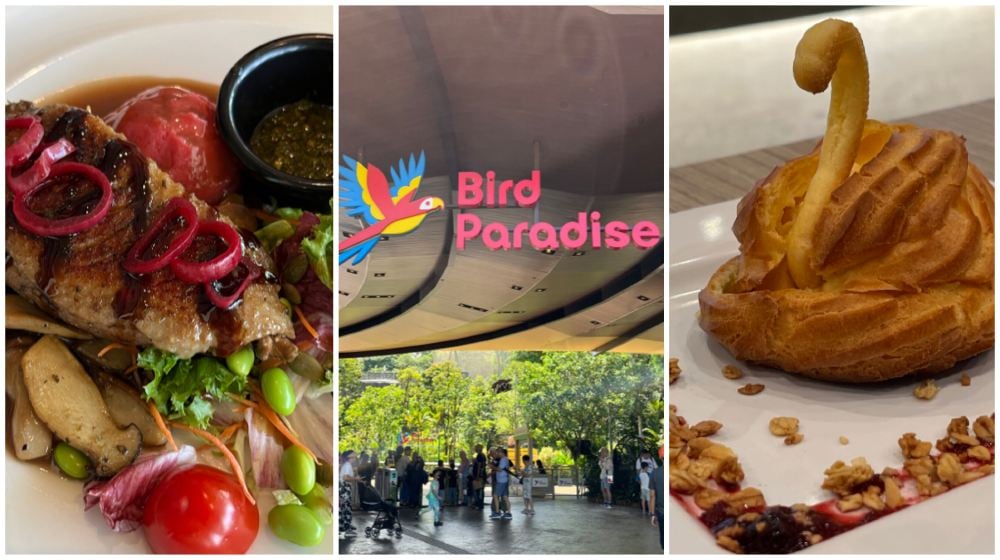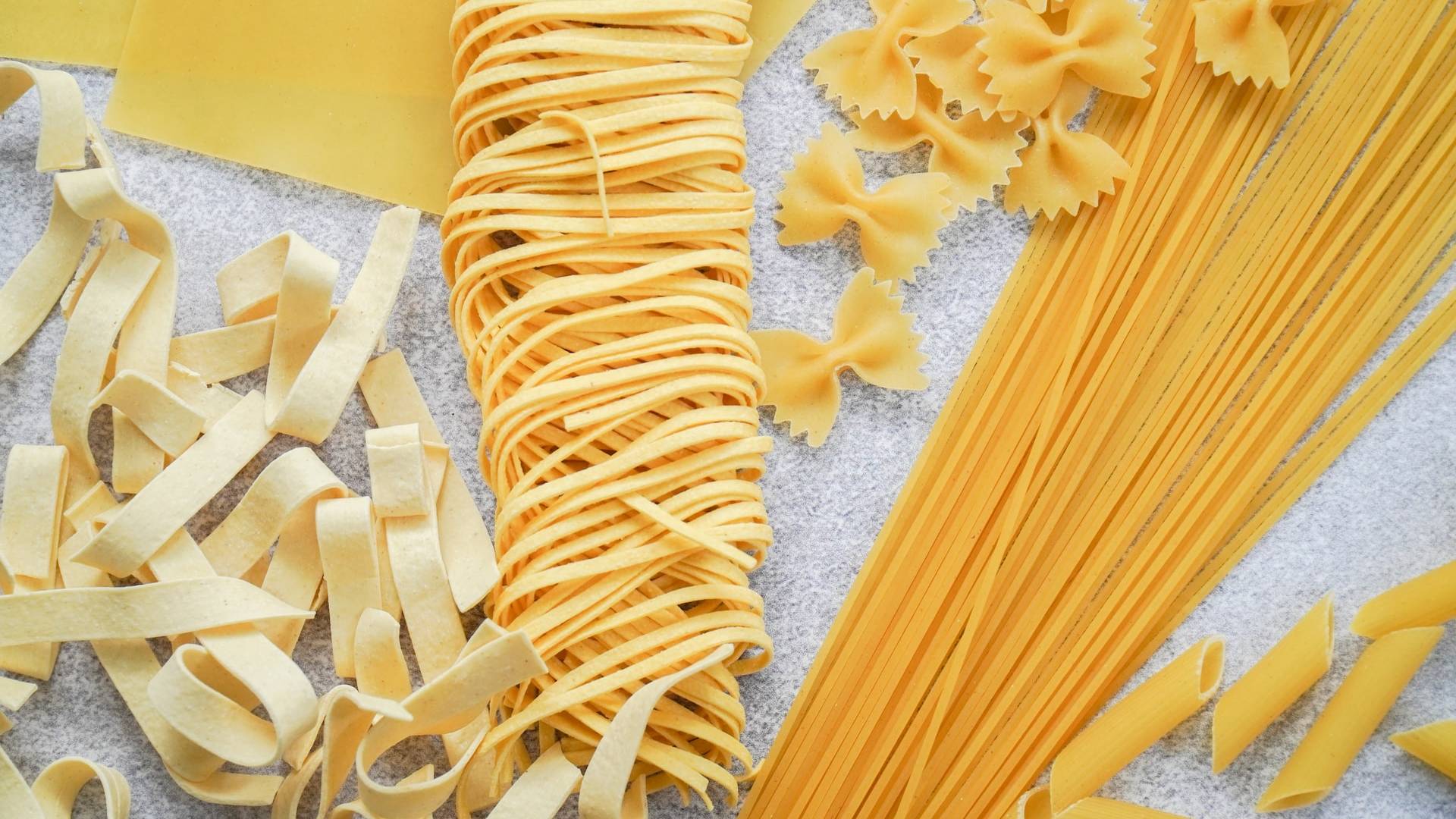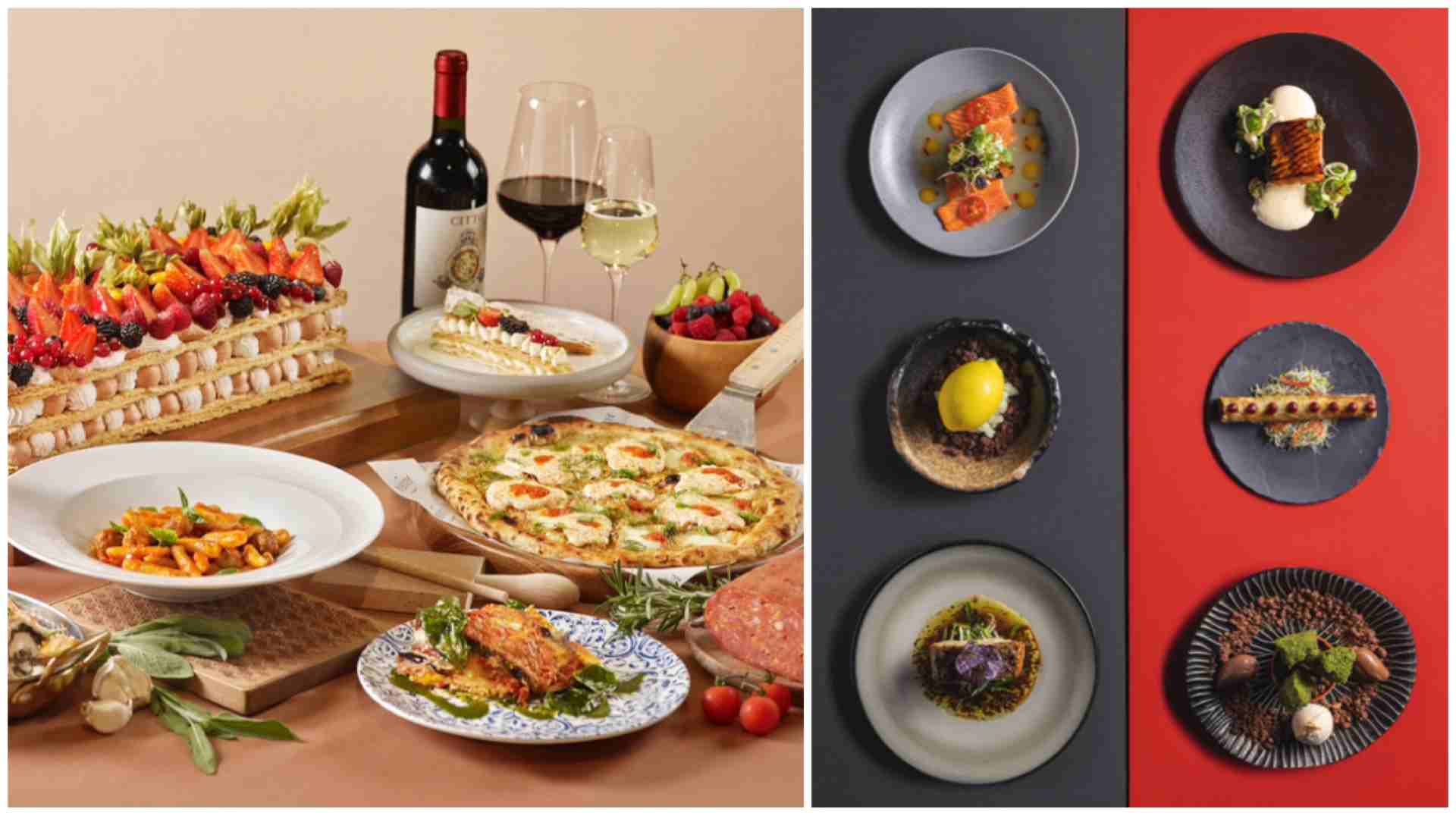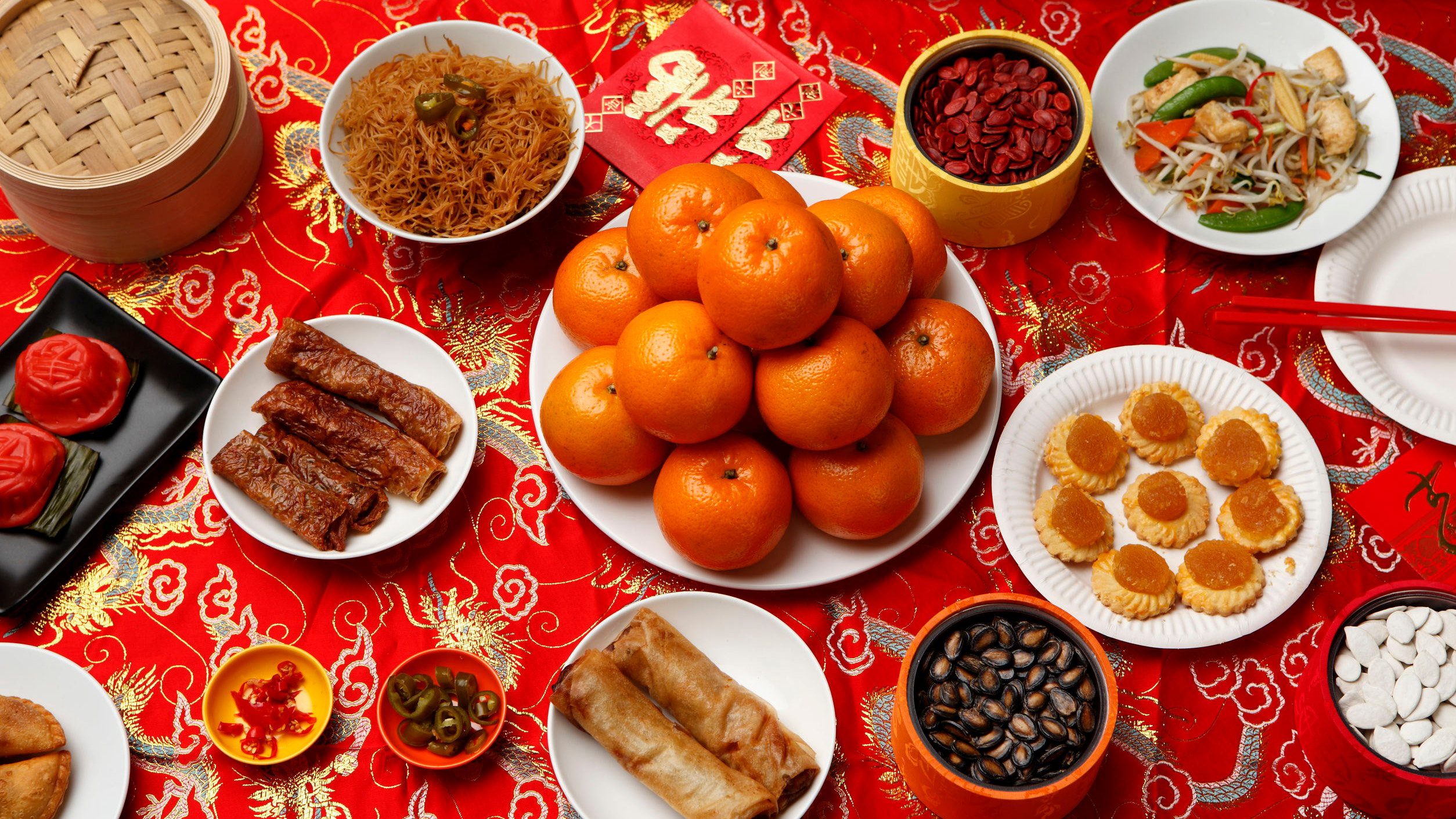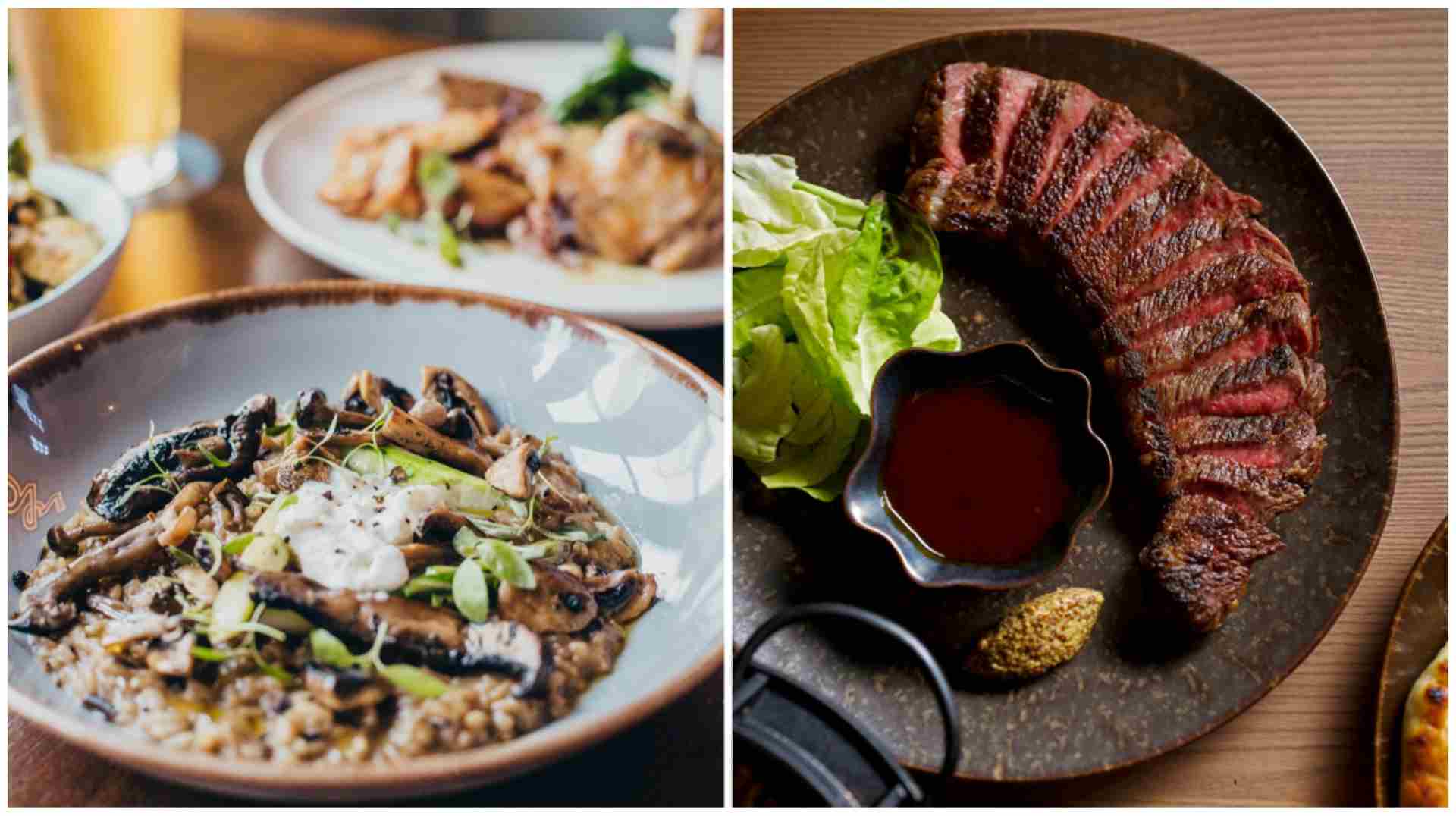Overwhelmed By The Pasta Aisle? Try These 10 Popular Shapes
If you’re a pasta lover, you’ll agree that it’s amazing in all its different shapes and renditions (plus it’s so affordable, there’s nothing to not like about it). But not all pasta is the same. Whatever pasta shape you declare your allegiance to, it should be dependent on the type of sauce that it’s accompanying. But there are so many different types of pastas, it can be a little confusing to know which one is best suited to what type of sauce.
Read on for our pasta dictionary of the most popular shapes, where best to use them and even what they mean:
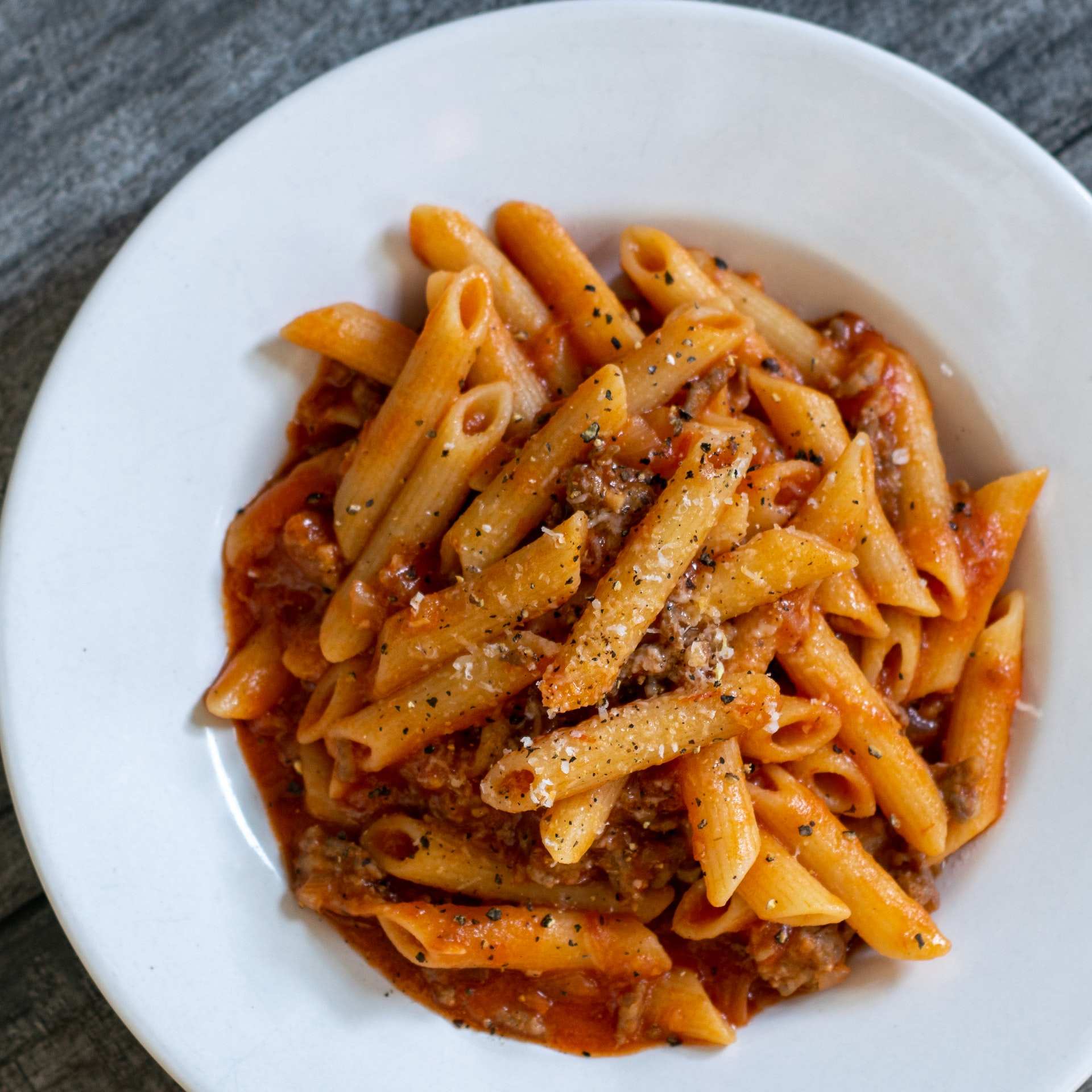
1. Penne
Literally translated to quills or feathers, this two-inch long tubular pasta is ridged and cut diagonally on an angle on both ends to resemble the nib of an old feather quill. And it's actually these two features that make penne pasta a perfect match in chunky meat or vegetable sauces, as bits of the meat or veggies can slide into the hollow pasta tube space, while the ridges cling on to the sauce.
Use in: In dishes where you want the sauce to be the star, like Penne Alla Vodka.
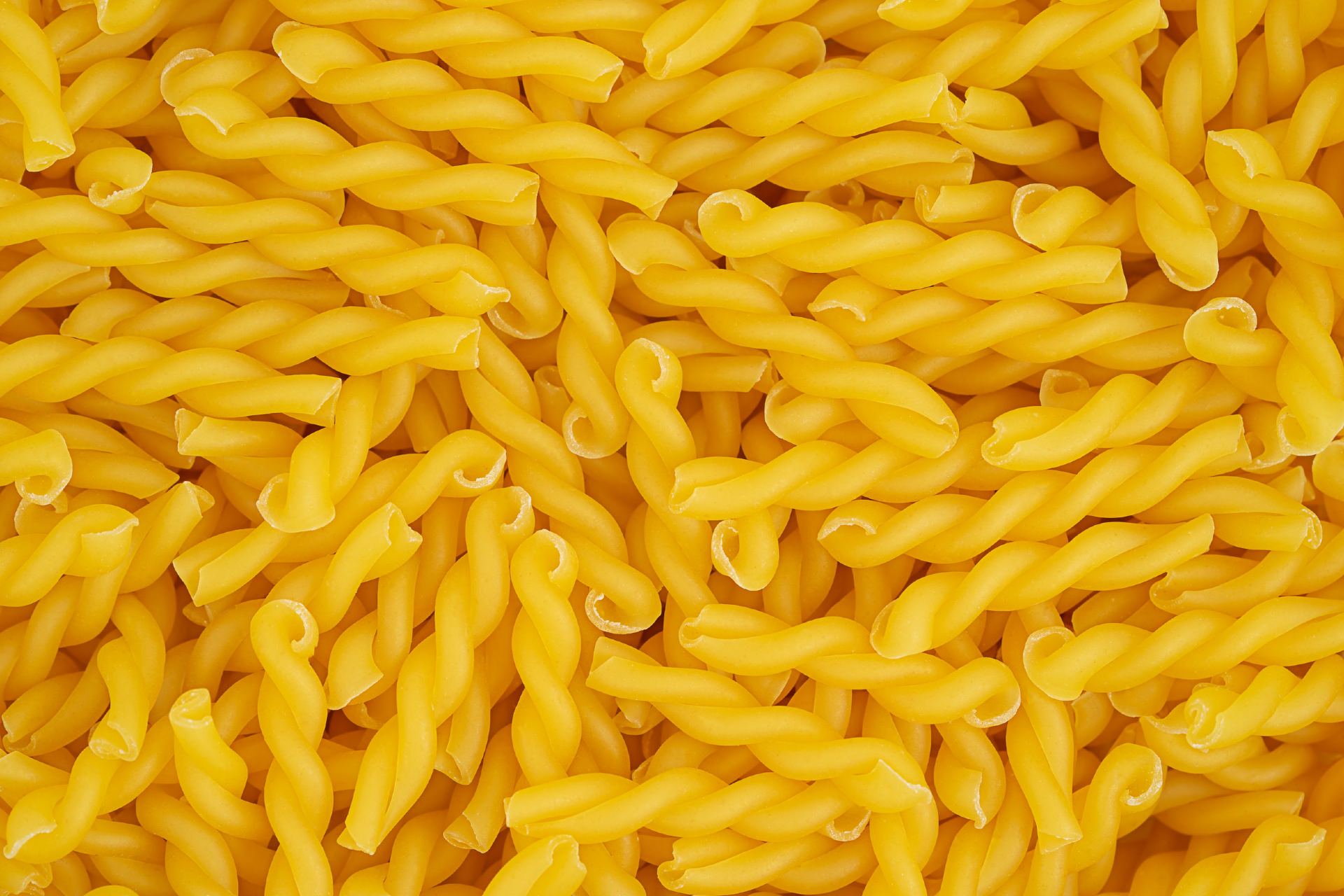
2. Gemelli
Despite the fact that gemelli means twins in Italian, don’t let the name fool you. Gemelli are not twin tubes twisted around one another, as they may appear to be, but rather a single s-shaped strand twisted into a spiral. And it’s this twisted texture that makes it a great option for using it in a saucy dish, as the inter-twined grooves hold onto the pasta.
Use in: Baked dishes with vegetables and hearty sauces, like One-Pot Chicken Florentine Pasta.
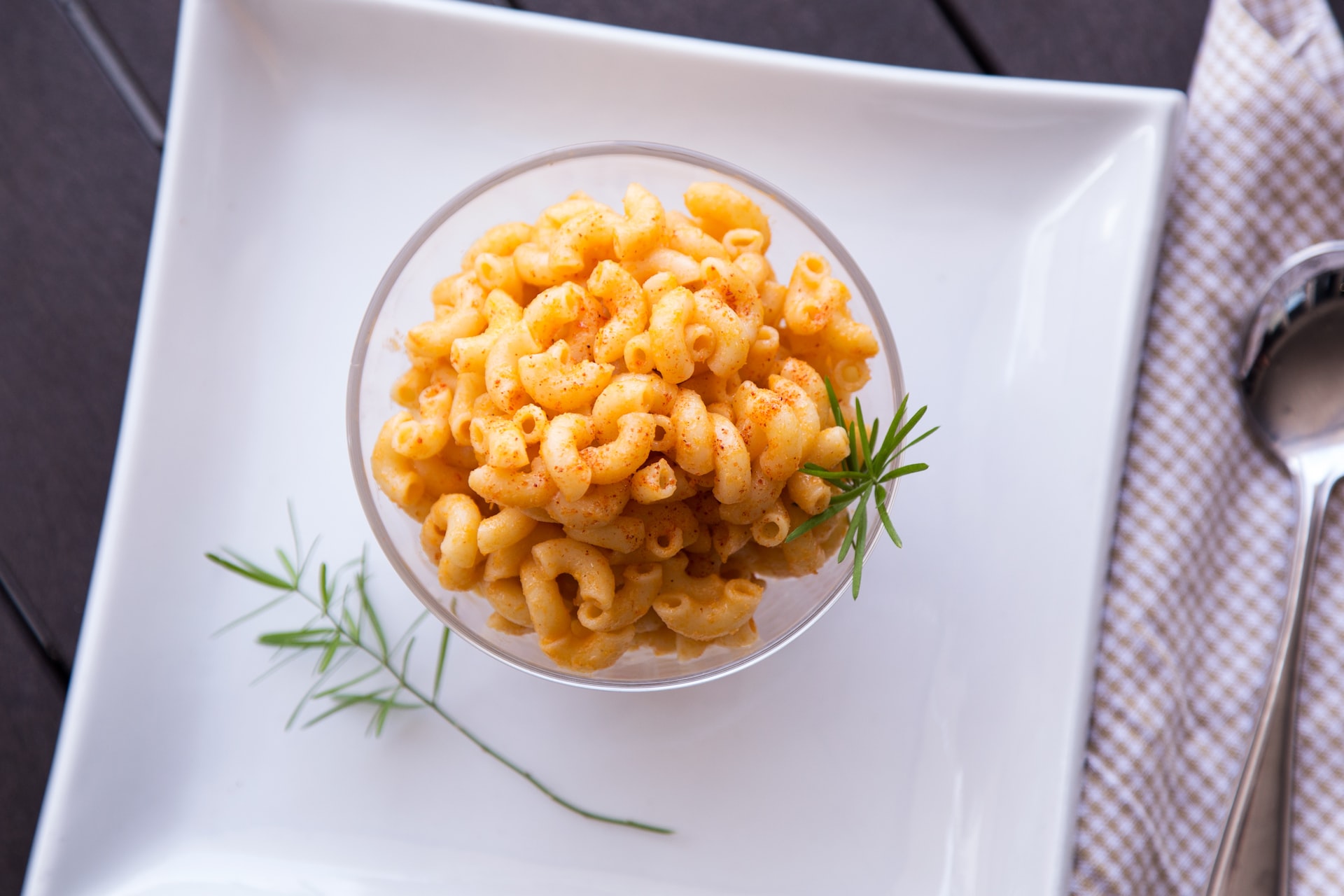
3. Macaroni
You just can’t say macaroni without thinking of mac n’ cheese or macaroni soup. This small, unpretentious tube-shaped pasta is also called maccheroni or elbow macaroni. While we think of pasta as being a culturally Italian food, it is likely the descendent of ancient Asian noodles, brought to Italy from China by Marco Polo during the 13th century. This probably explains the use of macaroni in many Asian dishes such as Macaroni Goreng and Chicken Macaroni Soup.
Use in: Comfort foods like Macaroni Salad, Kushari and of course Mac n’ Cheese.
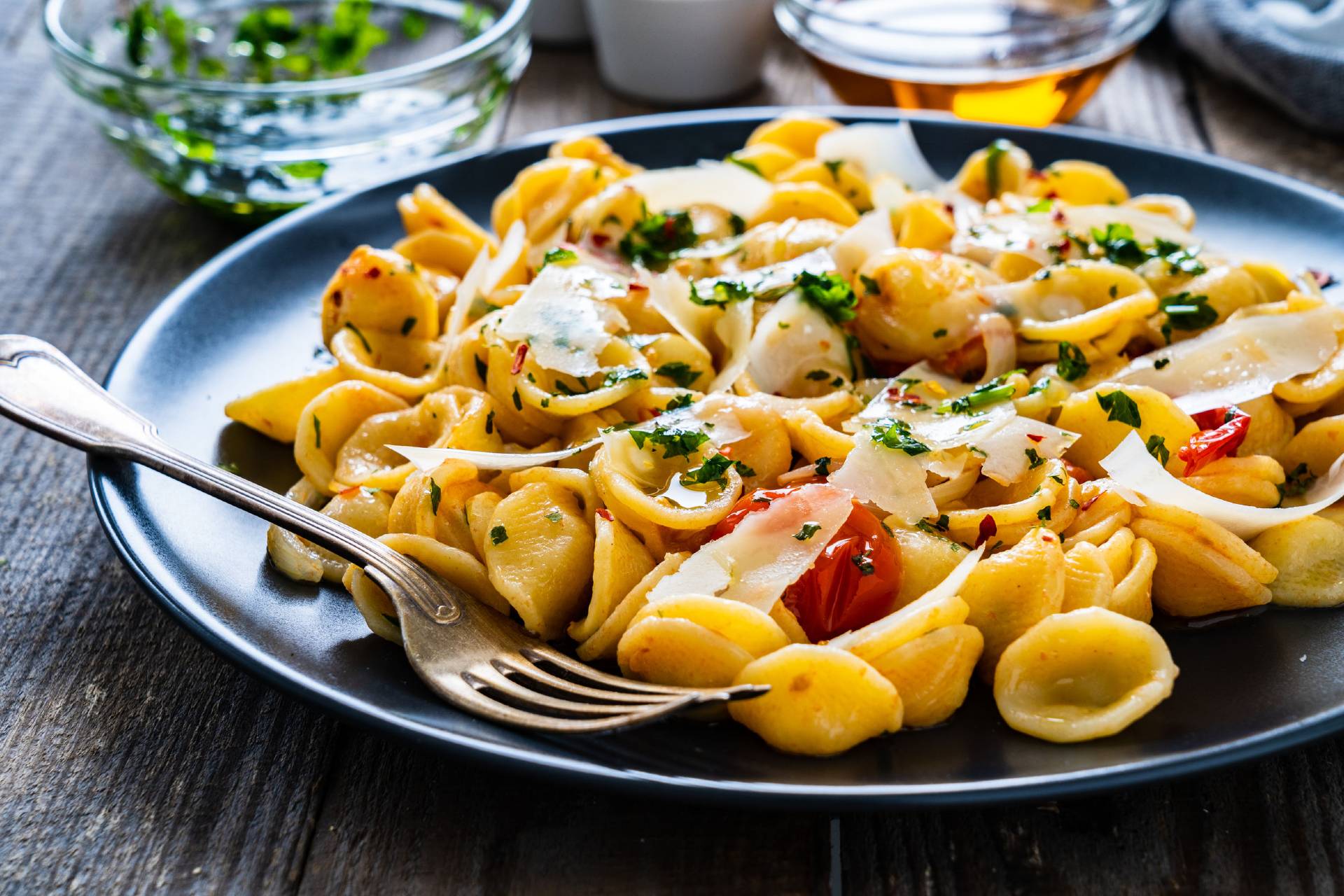
4. Orecchiette
Orecchiette is a really ancient type of pasta from Puglia and Basilicata, and the word (and shape) 'orecchiette' translates to little ears. Because of the curved, ridged shape of this small pasta, the orecchiette’s cup-like forms are great at holding the heavier, predominantly vegetable-based ragu sauces that are reminiscent of southern Italy.
Use in: Saucy pastas and pasta bakes, such as Swiss Chard Pasta.
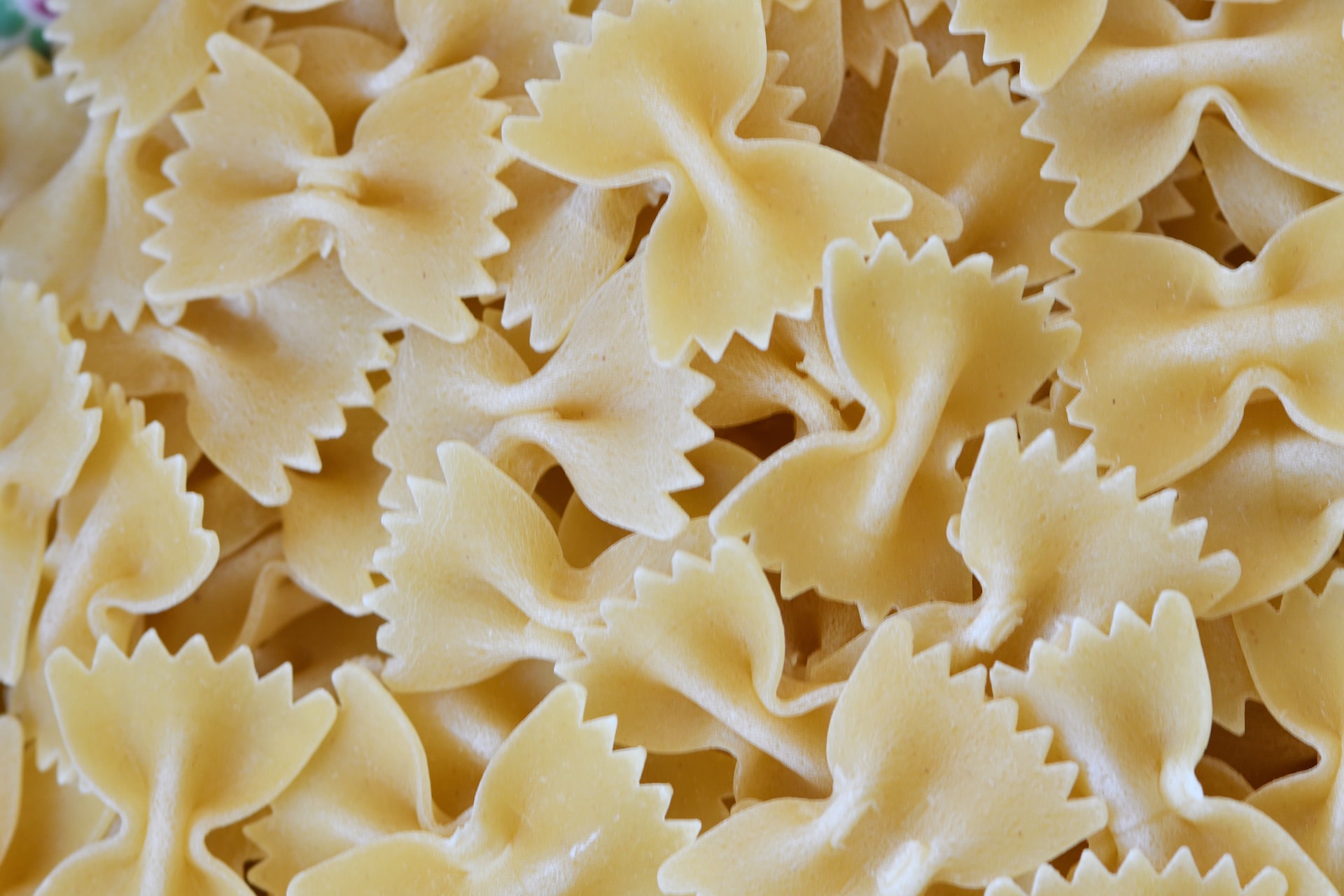
5. Farfalle
Derived from the Italian word for butterflies farfalle, this popular bow-tie (or butterfly shaped) pasta with crinkly edges dates back to the 1500s, originating in Northern Italy in the Emilia-Romagna and Lombardia regions. Farfalle is so versatile, it’s great in kid dishes, cold pasta salads and even saucy creations thanks to its “wings” holding sauces wonderfully.
Use in: Literally anything you like.
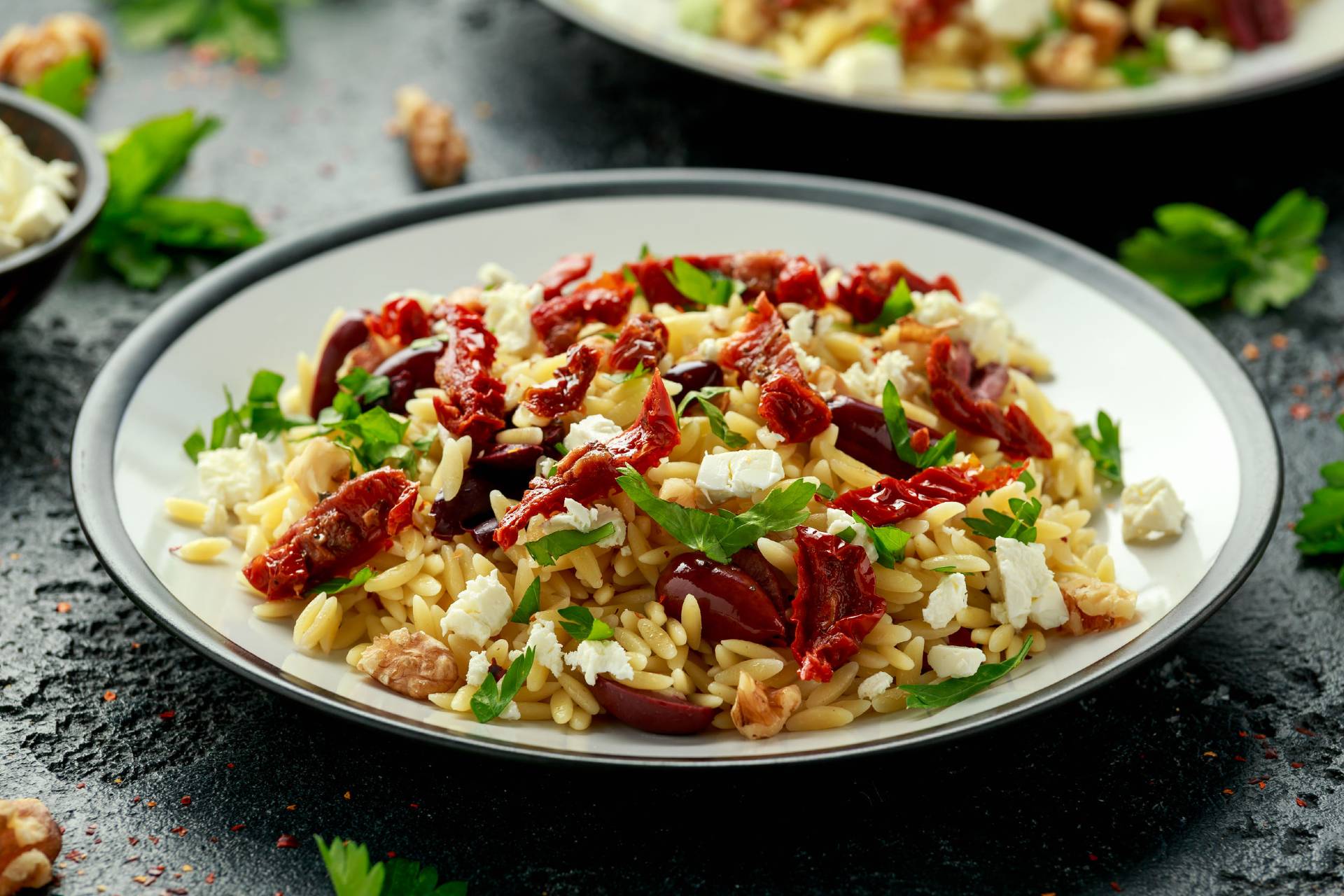
6. Orzo
Orzo is a small, oval, rice-shaped pasta belonging to the category of very small pastas, and gets its name from the Italian word for barley. Orzo is classified as pastina or little pasta, and is best used in dishes as a rice substitute to add heartiness (in stuffed peppers for example), rather than with heavy meat sauces.
Use in: Classic risotto, soups and cold pasta salads.
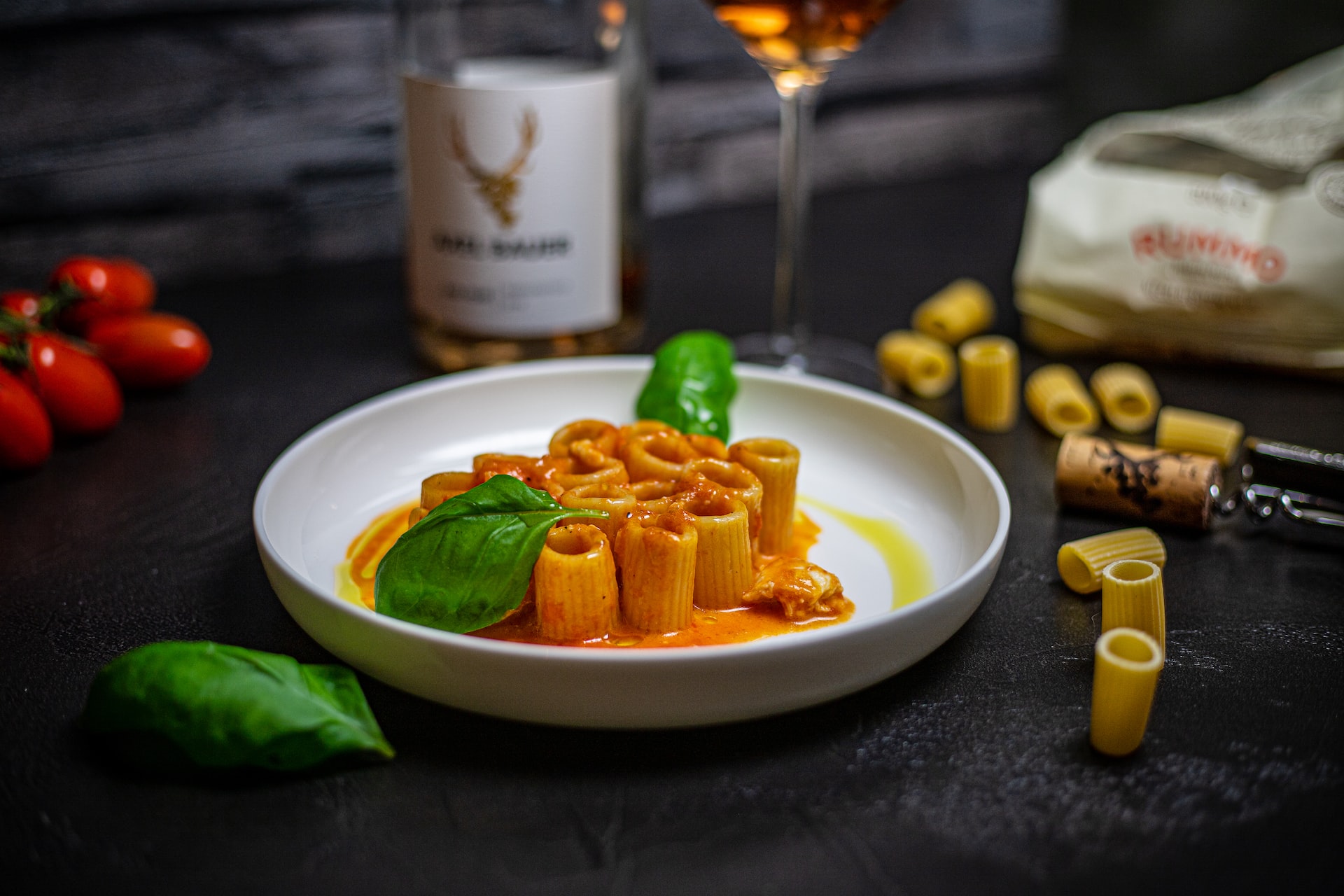
7. Rigatoni
Like penne, rigatoni (which translates to ‘ridged’) are tubes with ridges on the outside, but they’re bigger and cut square rather than at an angle. Thus rigatoni’s wide, tubular shape and ridged exterior is perfect for chunky ragus and sauces with a hearty texture.
Use in: Casseroles and creamy pasta bakes such as Four-cheese sausage rigatoni and Creamy Spinach & Rigatoni Bake.
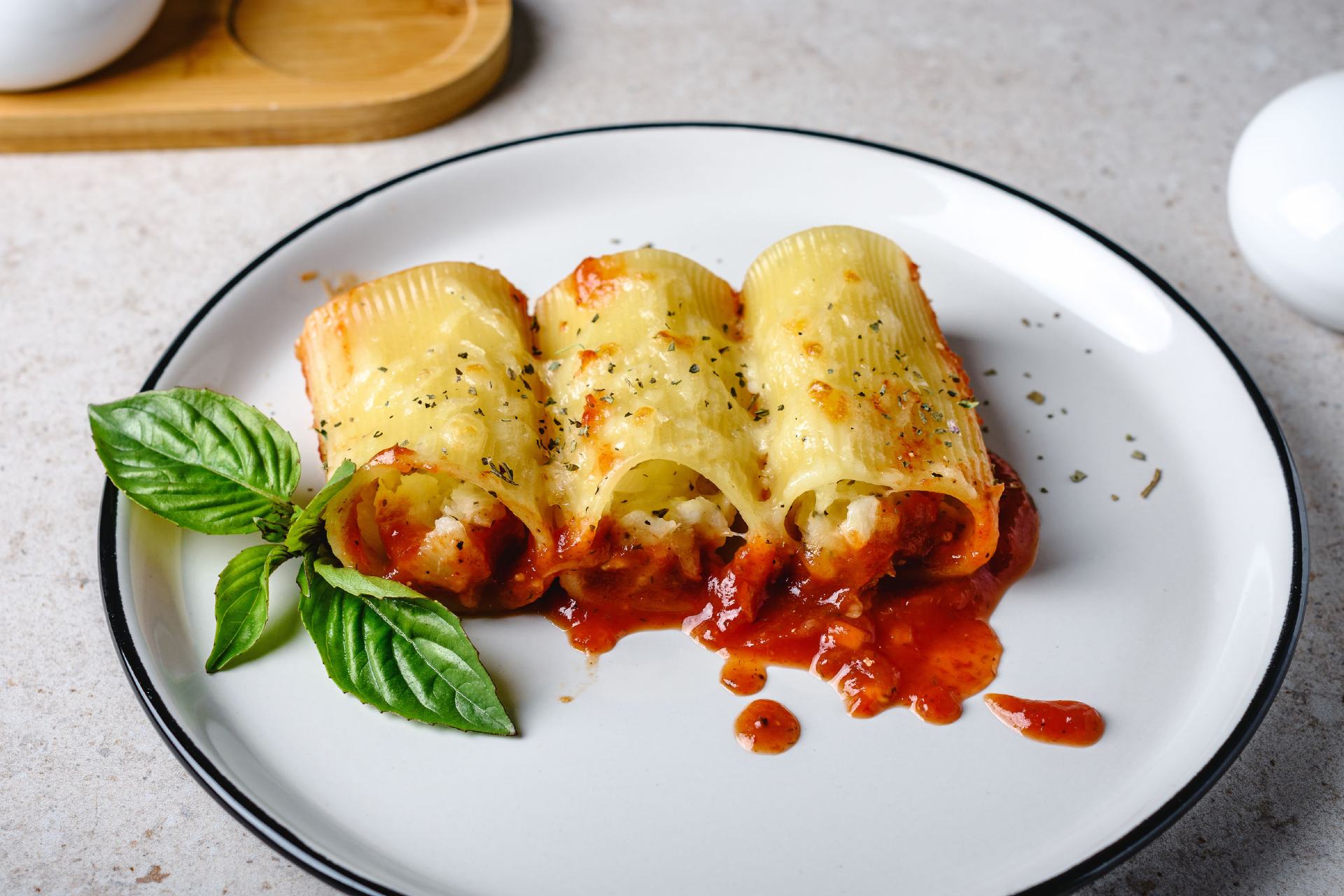
8. Manicotti
Meaning little sleeves, manicotti is essentially the Italian-American version of cannelloni, where the name of the dish and the pasta used are both called Manicotti. Both are pasta tubes, but unlike the smoother cannelloni tubes, manicotti tubes are ridged, much larger and slightly thicker, making it the perfect pasta used for a hearty cheese or meat stuffed filling and then baked. Essentially, fresh cannelloni or manicotti are just rolled up lasagne sheets.
Use in: Stuffed Manicotti with ricotta, mozzarella, Parmesan cheese, beef, Italian sausage, eggs, herbs and sour cream.
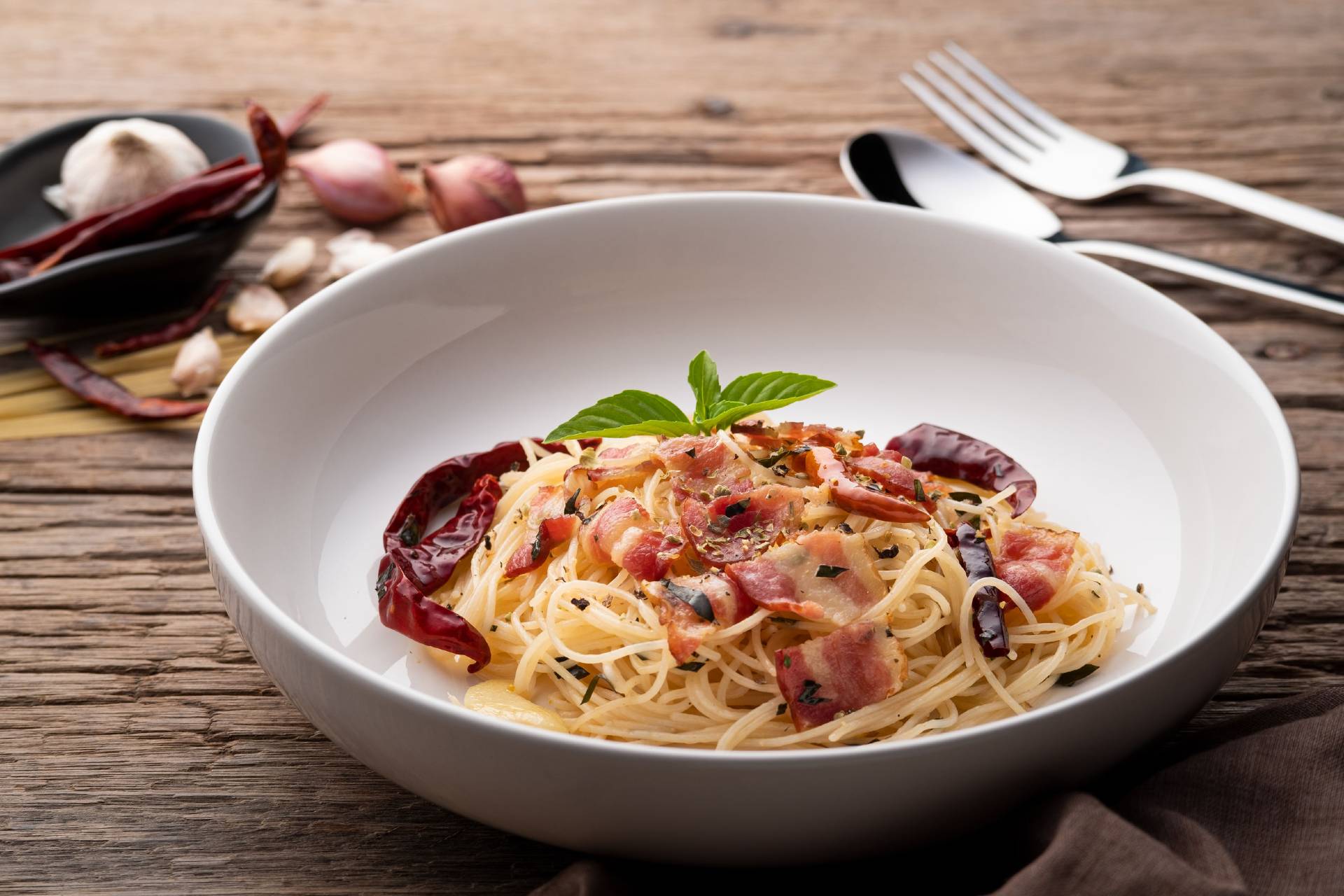
9. Angel Hair
Possibly the thinnest of long pastas (think spaghetti, linguine, tagliatelle), angel hair pasta is also known as capellini, which literally translates to fine (thin) hair. These thin noodle strands are best served in light summer dishes, light or creamy sauces, or simply tossed with olive oil and herbs or seafood, but will get lost in chunky, meat sauces.
Use in: Noodle soups, Lemony Scallops with Angel Hair Pasta, and Shrimp 'n' Noodle Bowls.
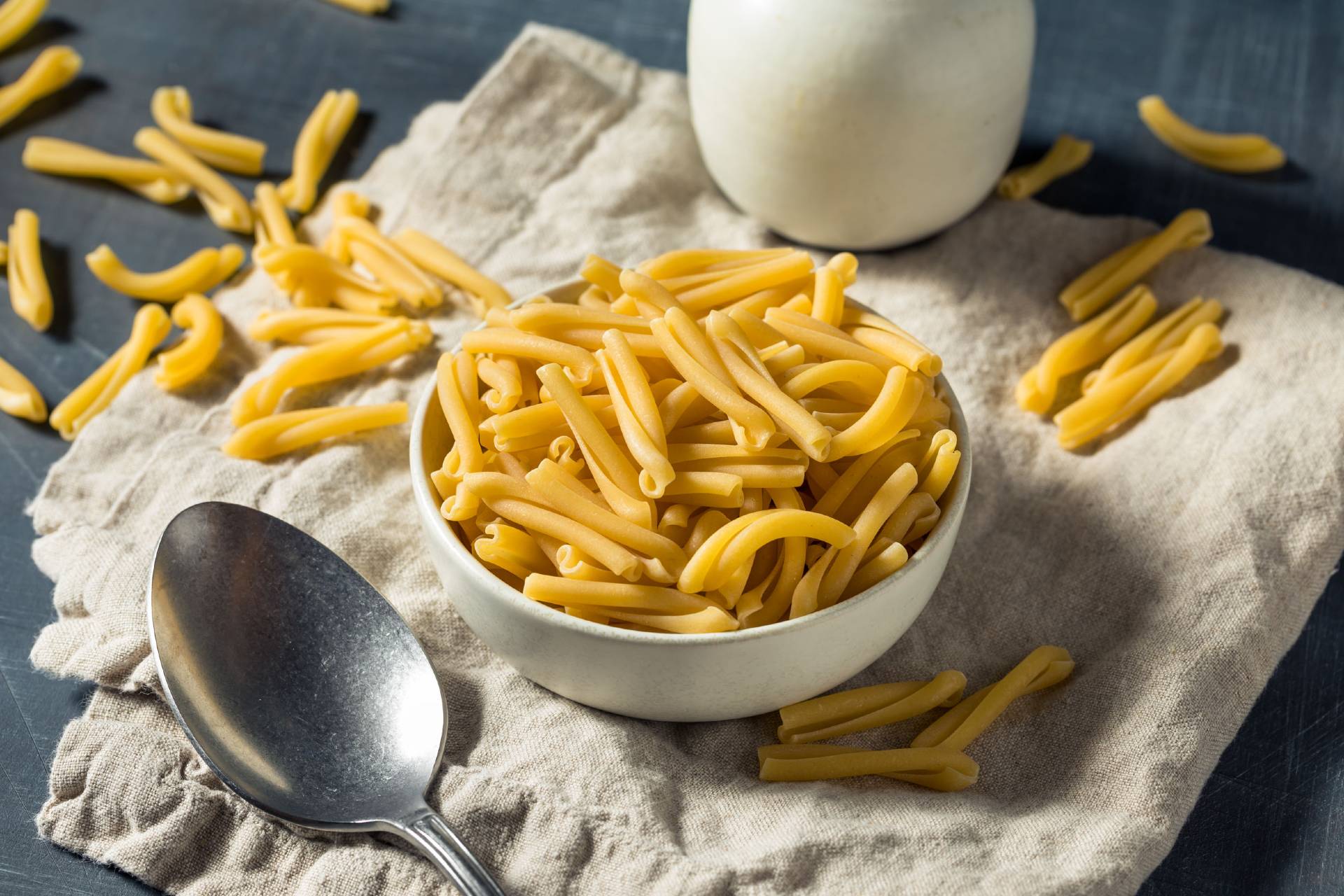
10. Casarecce
Casarecce, which literally means ‘homemade’, was originally made by rolling small rectangles of dough around a thin wooden pin or metal rod, and is short pasta noodles with curled edges and a groove down the middle, somewhat looking like little rolled-up scrolls. Also known as ‘casareccia’ in certain areas of Italy, casarecce is originally from Sicily, but it is equally popular in other regions of Southern Italy. Therefore, the best sauces to serve with it are those of traditional Southern Italian origin with typically Mediterranean flavours such as simple pesto or chunky sauces made from eggplant, ricotta and basil. And the twisted middle helps the pasta hold the sauce perfectly.
Use in: classic Sicilian Trapani-style Casarece and Pancetta and Romano Casarecce in creamy Alfredo sauce.
For the latest updates on Wonderwall.sg, be sure to follow us on TikTok, Telegram, Instagram, and Facebook. If you have a story idea for us, email us at [email protected].


